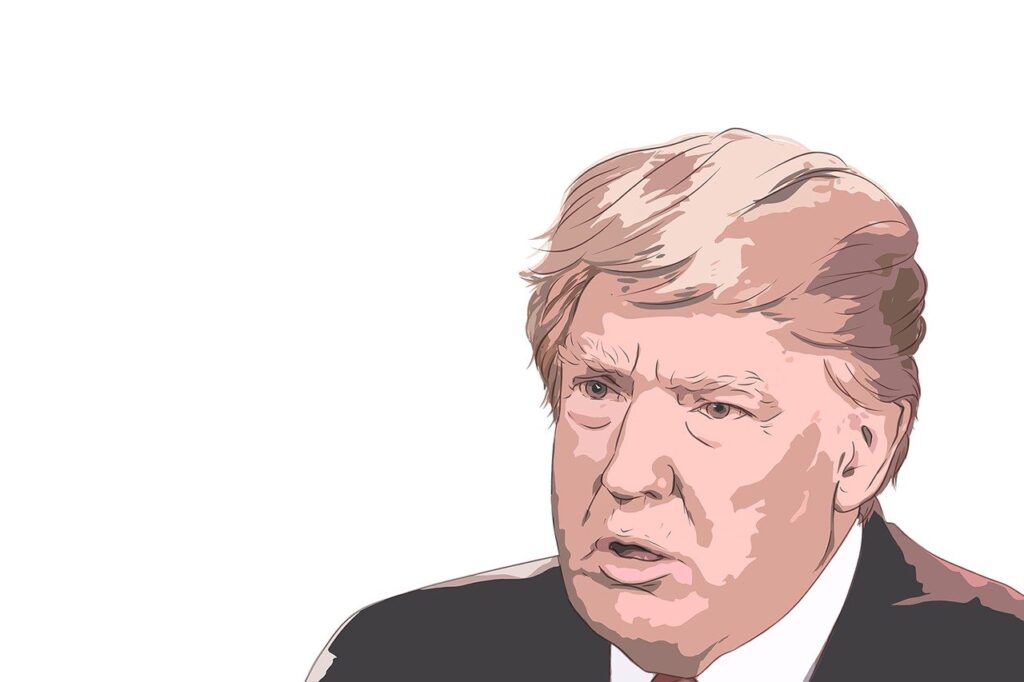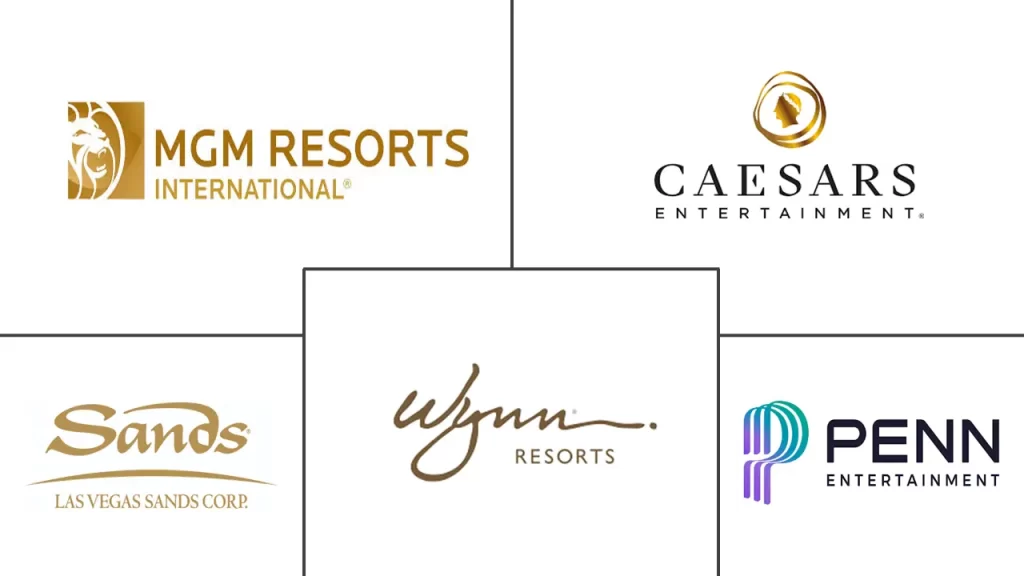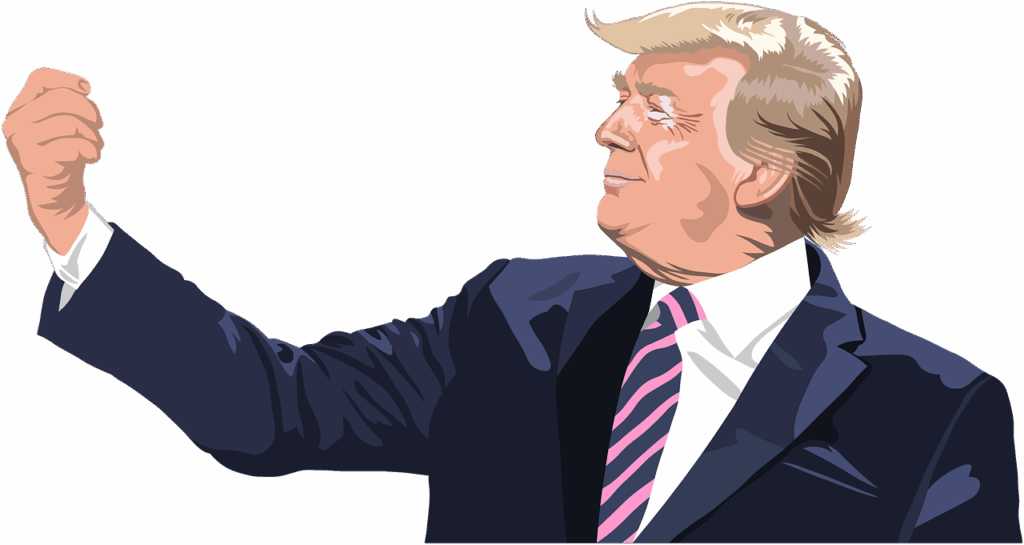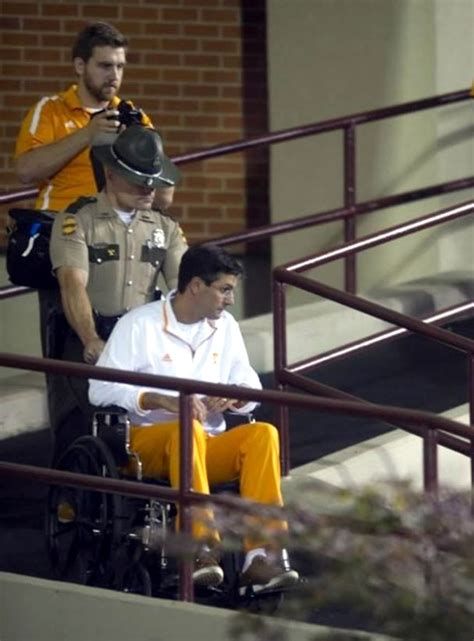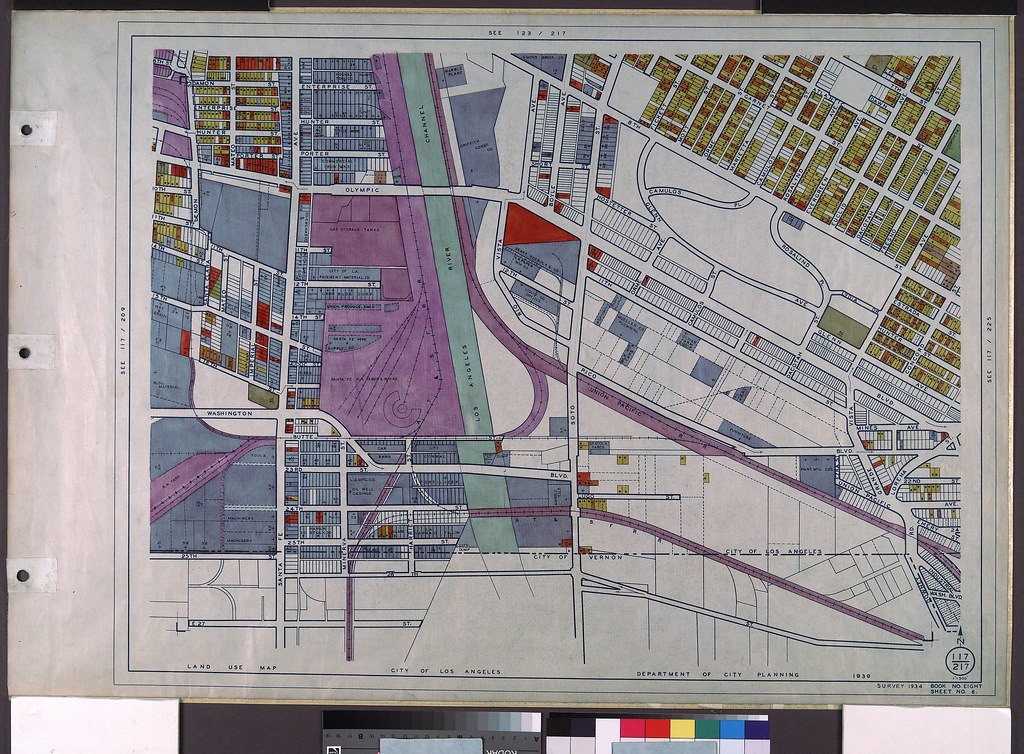
The life and career of Donald J. Trump present a narrative of unparalleled ambition, constant reinvention, and profound societal impact. From his origins in New York City to his ascension to the presidency of the United States, his journey has been marked by a distinctive blend of real estate acumen, media showmanship, and political disruption. This in-depth examination seeks to chronicle the various facets of a public figure who has consistently reshaped industries and challenged conventional norms, leaving an indelible mark on American business, media, and politics. His story is one of audacious ventures, both triumphant and tumultuous, frequently intertwining personal brand-building with large-scale enterprise.
His trajectory from a privileged upbringing to becoming a global icon is a complex tapestry woven with threads of success, controversy, and an unyielding drive for public prominence. Throughout his decades in the public eye, Donald Trump has been a subject of intense scrutiny, admiration, and criticism, reflecting the polarizing nature of his influence. Understanding his multifaceted legacy requires a meticulous look at each distinct phase of his professional and personal evolution, examining the foundational experiences that shaped his approach to business, media, and ultimately, governance. This article provides a detailed exploration of these defining periods, illuminating the path of a figure whose presence has been impossible to ignore.
1. **Early Life and Education**Donald John Trump was born on June 14, 1946, in the New York City borough of Queens, the fourth of five children to Fred Trump and Mary Anne MacLeod Trump. His heritage is German and Scottish. He grew up in a substantial 23-room mansion located in the Jamaica Estates neighborhood of Queens, alongside his older siblings, Maryanne, Fred Jr., and Elizabeth, and his younger brother, Robert. This affluent upbringing provided a comfortable foundation; his father paid each of his children approximately $20,000 a year, an amount equivalent to $265,000 annually in 2024, contributing to Trump becoming a millionaire in inflation-adjusted dollars by the age of eight.
His early education included attendance at the private Kew-Forest School through seventh grade. Described as a difficult child, he demonstrated an early interest in his father’s business ventures. Recognizing the need for a more disciplined environment, his father subsequently enrolled him in the New York Military Academy, a private boarding school, to complete his secondary education. The academy significantly emphasized sports and instilled the imperative of winning, a philosophy that would resonate throughout Trump’s later career. His academic performance improved during his time there, reaching a B average.
Following his military academy tenure, Trump initially contemplated a career in show business. However, he ultimately chose to pursue higher education closer to home, enrolling at Fordham University in 1964. During his first year, he participated in the Reserve Officers’ Training Corps program, attending classes in a military uniform every Wednesday, though he discontinued his involvement in his second year. He also briefly played football and was noted as a mediocre squash and tennis player; his Fordham friends were the ones who introduced him to golf. In his junior year, he transferred to the Wharton School of the University of Pennsylvania, where he often commuted to his father’s office on weekends. He graduated in May 1968 with a Bachelor of Science in economics, though he was not listed among those receiving honors, contrary to some of his later claims. By the time he was at Wharton, he was already setting his sights on a career in real estate. He received an exemption from the draft during the Vietnam War due to a claim of bone spurs in his heels, and despite his military school background, he expressed no interest in going to war. His father and the family’s pastor, Norman Vincent Peale, served as his primary mentors, with his father repeatedly telling him he was “a king” and to be “a killer,” while Peale preached self-confidence as a catalyst for prosperity.
Read more about: OMG, You Guys! These Are the ABSOLUTE Best Movies from TIFF 2025 That Blew Our Minds!
2. **Entry into the Real Estate Empire**Donald Trump’s professional career began in 1968 when he was employed at Trump Management, his father’s real estate company. This firm specialized in managing middle-class apartment complexes that Fred Trump had developed across Queens, Staten Island, and Brooklyn. For approximately five years, Trump’s primary responsibilities included collecting rent and overseeing necessary repairs within these properties. However, he quickly became captivated by the perceived glamour and financial opportunities of Manhattan, a stark contrast to the outer boroughs where his father was content to operate. Trump urged his father to expand into Manhattan’s higher-priced market, a suggestion his father resisted.
In 1971, demonstrating his ambition to pivot the family business, Donald Trump relocated to Manhattan. While planning to shift the company’s focus to the city, he continued to commute to his father’s office. That same year marked a significant transition within the organization: his father assumed the role of chairman, and Donald Trump was appointed president, thereby taking charge of 48 private corporations and 15 family partnerships. This period also saw Trump begin to use ‘The Trump Organization’ as a consolidated brand, serving as an umbrella for his father’s diverse business names, signaling an early inclination towards personal branding and expansion.
A pivotal figure in Trump’s early career, second only to his father, was Roy Cohn, who served as his fixer, lawyer, and mentor for 13 years throughout the 1970s and 1980s. Cohn’s influence was profound, teaching Trump to view life largely through a transactional lens. In 1973, Cohn notably assisted Trump in filing a $100 million countersuit against the U.S. government, equivalent to $708 million in 2024, in response to charges that Trump’s properties had engaged in discriminatory practices against Black applicants and tenants. Although Trump’s counterclaims were dismissed, the government’s case was eventually settled with the Trumps agreeing to a consent decree to desegregate their properties. Four years later, they faced legal action again, found in contempt of this decree. Cohn also utilized his connections, including those with the Mafia, to control construction unions, further aiding Trump’s projects as a powerful consigliere. In 1979, Cohn introduced Trump to political consultant Roger Stone, whose services were enlisted to navigate dealings with the federal government.
Read more about: Anjelica Huston: Unveiling the Layers of Hollywood Royalty, Beyond the Addams Family Mystique

3. **Manhattan Development Milestones**Donald Trump first garnered significant public attention in 1978 with the initiation of his family’s debut Manhattan venture: the ambitious renovation of the dilapidated Commodore Hotel. Situated strategically adjacent to Grand Central Terminal, this project represented a major step into the upscale Manhattan market. The financing for this substantial undertaking was significantly facilitated by a $400 million city property tax abatement, which his father had skillfully arranged. Additionally, his father, in conjunction with Hyatt, guaranteed a substantial $70 million bank construction loan, underscoring the family’s crucial role in enabling Trump’s early Manhattan success.
The renovated hotel triumphantly reopened in 1980 as the Grand Hyatt Hotel, marking a significant personal achievement for Trump. In the same year, he secured the rights to develop Trump Tower, an iconic mixed-use skyscraper located in Midtown Manhattan. This building would become much more than a commercial property; it houses the headquarters of the Trump Corporation and Trump’s Political Action Committee, and served as his primary residence until 2019, cementing his presence in the city’s skyline and public consciousness. His real estate ambitions continued to grow throughout the decade.
In 1988, Trump acquired the prestigious Plaza Hotel, securing the purchase with a loan from a consortium of 16 banks. However, this venture faced financial difficulties, leading the hotel to file for bankruptcy protection in 1992. A reorganization plan was subsequently approved a month later, resulting in the banks assuming control of the property. By 1995, Trump had defaulted on over $3 billion in bank loans, prompting lenders to seize the Plaza Hotel and most of his other properties in what was described as a “vast and humiliating restructuring,” which nevertheless allowed him to avoid personal bankruptcy. An attorney for the lead bank reportedly commented on the lenders’ decision, stating, “they all agreed that he’d be better alive than dead.” Despite these setbacks, Trump continued his development efforts, acquiring and renovating the mostly vacant 71-story skyscraper at 40 Wall Street in 1996, later rebranding it as the Trump Building. In the early 1990s, he also gained the right to develop a 70-acre tract in the Lincoln Square neighborhood near the Hudson River. However, struggling with debt from other ventures by 1994, he sold most of his interest in this project, Riverside South, to Asian investors who then financed its completion. His last major construction project was the 92-story mixed-use Trump International Hotel and Tower in Chicago, which opened in 2008. In 2024, reports indicated that the Internal Revenue Service was investigating whether he had twice written off losses from construction cost overruns and lagging sales of residential units in the Chicago building, which he had declared worthless on his 2008 tax return.
Read more about: Zendaya’s Evolution: Tracing a Path from Rising Star to Producing Force, Highlighted by Her 2025 ‘Be My Baby’ Role
4. **Atlantic City Casino Ventures**In 1984, Donald Trump made a significant foray into the burgeoning casino industry, opening Harrah’s at Trump Plaza, a hotel and casino. This venture was undertaken with critical financing and management assistance from the Holiday Corporation. However, the enterprise proved unprofitable, leading Trump to pay Holiday $70 million in May 1986 to assume sole control. Undeterred, he expanded his Atlantic City footprint in 1985 by purchasing the Atlantic City Hilton Hotel, which was then unopened, and subsequently rebranded it as Trump’s Castle. Despite these acquisitions, both casinos faced severe financial challenges and ultimately filed for Chapter 11 bankruptcy protection in 1992, signaling early turbulence in his casino ambitions.
Continuing his aggressive expansion in Atlantic City, Trump acquired a third venue in 1988, the Trump Taj Mahal. This ambitious project was financed with $675 million in junk bonds and was completed at a total cost of $1.1 billion, officially opening its doors in April 1990. Despite its grand scale, the Taj Mahal quickly encountered financial distress, prompting Trump to file for Chapter 11 bankruptcy protection in 1991. Under the terms of the subsequent restructuring agreement, he was compelled to relinquish half of his initial stake in the property and personally guarantee its future performance, highlighting the high stakes and personal financial exposure inherent in these ventures.
To address his mounting personal debt, which reached $900 million, Trump undertook a series of asset sales. This included divesting the Trump Shuttle airline, selling his megayacht, the Trump Princess, which had been leased to his casinos and kept docked, and offloading other various businesses. In 1995, he established Trump Hotels & Casino Resorts (THCR), a company that took over ownership of the Trump Plaza. THCR subsequently purchased the Taj Mahal and Trump Castle in 1996. However, this entity also faced significant financial difficulties, leading to its own bankruptcies in 2004 and again in 2009, which ultimately left Trump with only a 10 percent ownership stake. He remained chairman of the company until 2009, reflecting a persistent but ultimately challenging engagement with the Atlantic City casino market.
Read more about: King of Cool: A Comprehensive Look at Dean Martin’s Enduring Legacy, Iconic Career, and Final Years
5. **Expansion into Golf and Licensing**In 1985, Donald Trump acquired the Mar-a-Lago estate in Palm Beach, Florida, a move that would eventually transform the opulent property into one of his signature assets. A decade later, in 1995, he converted the estate into a private club, implementing an initiation fee and annual dues for membership. While operating it as an exclusive club, he continued to maintain a wing of the house as his private residence, effectively blending personal living with a high-end commercial enterprise. In 2019, he formally declared the club his primary residence, further cementing its personal and brand significance.
Expanding beyond residential and casino real estate, Trump began building and acquiring golf courses in 1999. This pursuit rapidly grew into a significant portfolio, with him owning 17 golf courses by 2016. These golf properties became key elements of his brand, often bearing the ‘Trump’ name and serving as venues for high-profile events, extending his presence into the luxury hospitality and sports sectors.
The Trump Organization also extensively leveraged its founder’s name through licensing agreements for a diverse range of consumer products and services. These included foodstuffs, apparel, learning courses, and home furnishings, allowing the ‘Trump’ brand to permeate various markets beyond its traditional real estate base. Over 50 such licensing or management deals were made involving the Trump name, generating at least $59 million for his companies. However, by 2018, this extensive licensing operation had significantly contracted, with only two consumer goods companies continuing to license his name. During the 2000s, Trump also licensed his name to residential property developments across the globe, though a notable 40 of these planned projects were ultimately never built, indicating a mixed record for his brand extension strategies.
Read more about: Beyond the Red Carpet: 14 Hollywood Billionaires Who Are Seriously Living That Royal Life in 2025!

6. **Diverse Side Ventures**Donald Trump’s entrepreneurial spirit led him into a wide array of ventures beyond his core real estate and casino businesses, some of which were unconventional and met with varying degrees of success. In 1970, he invested $70,000 of his father’s wealth to receive billing as a coproducer of a Broadway comedy, a foray into show business that ultimately resulted in the loss of his investment. His interest in sports extended to making low-ball bids for major league baseball teams, specifically the New York Mets and the Cleveland Indians. In 1983, for approximately $6 million, he purchased the New Jersey Generals, a team in the United States Football League (USFL).
His involvement in the USFL proved to be a defining, albeit ultimately unsuccessful, period. The league folded after its 1985 season, largely attributed to Trump’s persistent efforts to shift its schedule to the fall—a move that would have placed it in direct competition with the formidable National Football League (NFL) for audience share. He also attempted to force a merger with the NFL by initiating an antitrust suit, a strategy that did not yield the desired outcome. Beyond team ownership, Trump and his Plaza Hotel hosted several boxing matches at the Atlantic City Convention Hall, further intertwining his brand with high-profile sports entertainment. In 1989 and 1990, he lent his name to the Tour de Trump cycling stage race, an ambitious attempt to establish an American equivalent to prestigious European races such as the Tour de France or the Giro d’Italia.
During the period from 1986 to 1988, Trump acquired significant blocks of shares in various public companies. His strategy involved suggesting an intention to take over these companies, only to later sell his shares for a profit, a practice that led some observers to characterize his actions as greenmail. While The New York Times found that he initially made millions of dollars from such stock transactions, he “lost most, if not all, of those gains after investors stopped taking his takeover talk seriously.” In 1988, Trump purchased the Eastern Air Lines Shuttle, financing the acquisition with $380 million, equivalent to $1.01 billion in 2024, in loans from a syndicate of 22 banks. He renamed the airline Trump Shuttle and operated it until 1992. However, he defaulted on his loans in 1991, and ownership of the airline subsequently passed to the banks. In 1996, he acquired the Miss Universe pageants, which included Miss USA and Miss Teen USA. Due to disagreements with CBS regarding scheduling, he moved both pageants to NBC in 2002. His work as a producer of Miss Universe led to him receiving a star on the Hollywood Walk of Fame in 2007. However, NBC and Univision ultimately dropped the pageants in June 2015, reacting to his controversial comments about Mexican immigrants. These diverse ventures underscore a relentless pursuit of expansion and public visibility, even when faced with financial difficulties or public backlash.
Read more about: The Great American Road Trip Renaissance: Why Highways Are Conquering the Skies in 2025
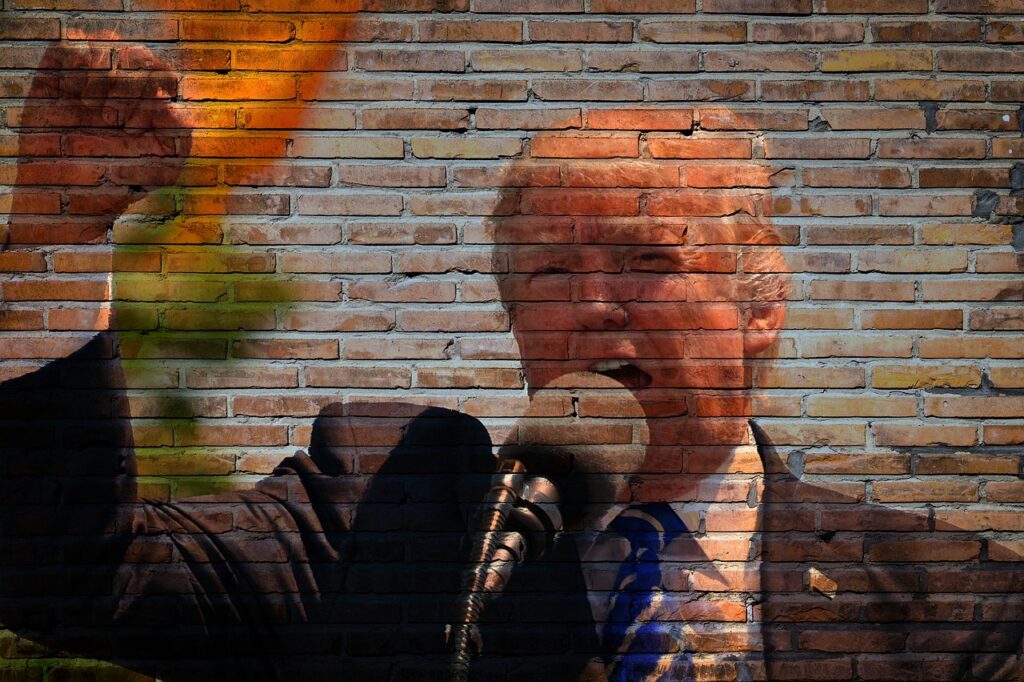
7. **Legal Affairs and Business Bankruptcies**Donald J. Trump’s business career was significantly shaped by a complex and often litigious financial landscape. A 2018 USA Today review revealed over 4,000 state and federal legal actions involving his businesses. This extensive litigation reflects a strategic approach to conflict, where legal battles were frequently pursued irrespective of immediate outcomes, embodying a transactional view of disputes.
While Trump never filed for personal bankruptcy, his over-leveraged hotel and casino properties frequently utilized Chapter 11 bankruptcy protection. This occurred six times between 1991 and 2009 for assets like the Plaza Hotel and Atlantic City casinos. These filings allowed debt restructuring and continued operation, though often resulted in banks assuming control or a reduction in his ownership. Such reorganizations were sometimes termed “vast and humiliating restructuring.”
These financial challenges also impacted his relationships with major institutions. After corporate bankruptcies in the early 1990s, most banks, except Deutsche Bank, became hesitant to extend further credit, demonstrating the high-risk nature of his ventures. Following the January 6 Capitol attack, Deutsche Bank decided against future business with him, marking a significant shift in his access to traditional financing.
Read more about: The Enduring Arc: A Comprehensive Examination of Donald Trump’s Business and Political Trajectory
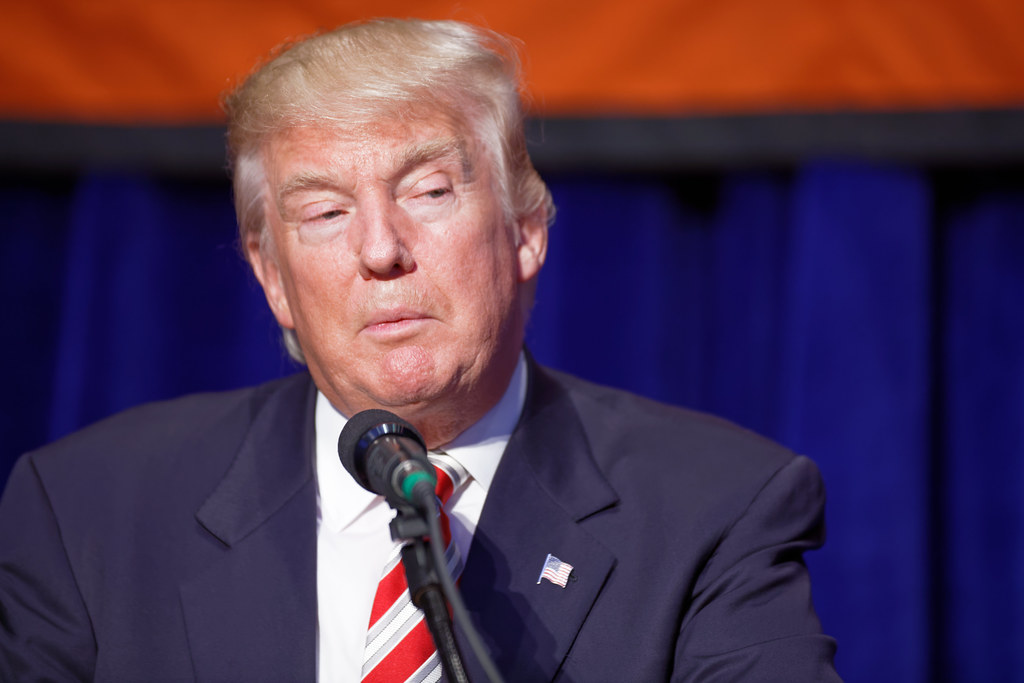
8. **Wealth and Financial Disclosures**The topic of Donald J. Trump’s personal wealth consistently remained a controversial element of his public persona. He famously claimed a “small loan of a million dollars” from his father. However, reporting indicates a more substantial foundation, including at least $60 million in unrepaid loans from Fred Trump, plus another $413 million (2018 inflation-adjusted) from his father’s company, sharply contrasting with his public declarations.
A revealing anecdote highlights his drive for wealth recognition: in 1984, Trump reportedly posed as a “Trump Organization official” named “John Barron” to inflate his perceived net worth. His aim was to secure a higher ranking on the prestigious Forbes 400 list, underscoring a persistent drive to control the public narrative surrounding his wealth.
Throughout his career, Trump’s self-reported net worth fluctuated widely, reflecting asset valuations and strategic communication. Declarations varied dramatically, from minus $900 million in 1990 during distress, to $10 billion in 2015. Forbes estimated his net worth at $4.5 billion in 2015, and $5.1 billion in 2025, illustrating ongoing scrutiny.
Read more about: Charlie Sheen’s Net Worth: From $150 Million TV Icon to a $3 Million Reality – A Deep Dive into His Dramatic Financial Journey and Comeback Efforts
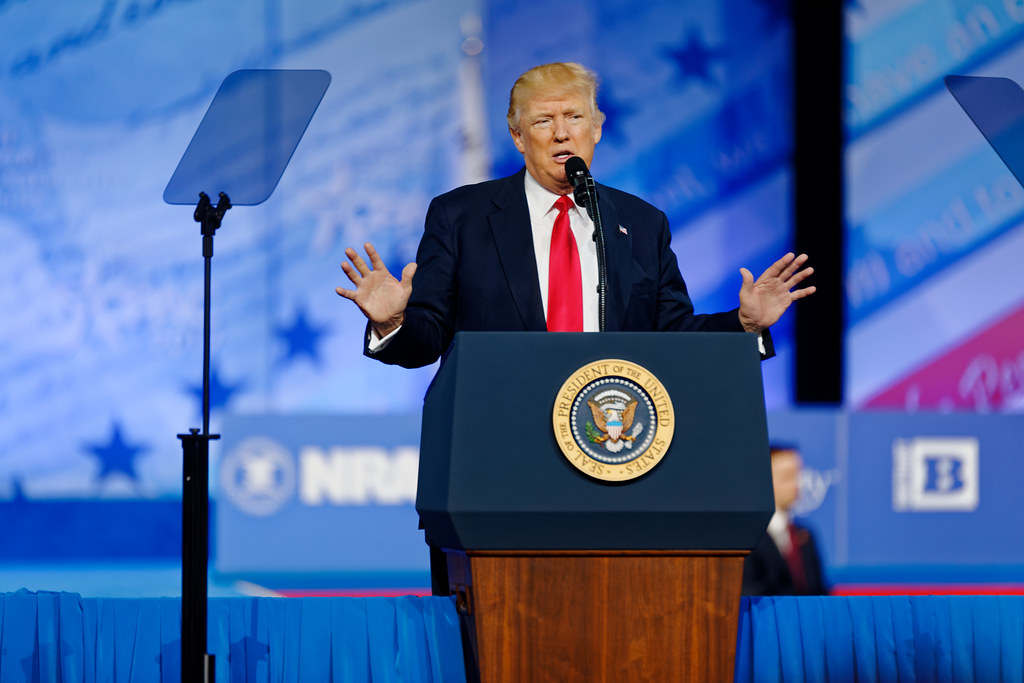
9. **The Media Empire: “The Apprentice” and Beyond**Donald J. Trump’s media engagement profoundly shaped his public identity and brand. He authored 19 books, many ghostwritten, including “The Art of the Deal” (1987), a New York Times Best Seller, credited with cementing his fame as an “emblem of the successful tycoon.” This early literary output laid a foundation for his public narrative as a shrewd businessman.
His media presence included numerous film and television cameos. His political style, characterized by staged confrontations, is said to be inspired by professional wrestling, where he made sporadic appearances. He was a frequent guest on the Howard Stern Show and hosted “Trumped!” radio program, alongside serving as a guest commentator on “Fox & Friends” from 2011 to 2015.
Crucially, his role as host of “The Apprentice” and “The Celebrity Apprentice” (2004-2015) catapulted him to national superstardom. Producer Mark Burnett presented Trump as a “superrich chief executive” famed for “you’re fired.” The New York Times deemed this a “highly flattering, highly fictionalized version” of himself, yet it remade his image for millions. This TV phenomenon, with licensing, generated over $400 million, solidifying his decisive billionaire persona, a vital precursor to his political ambitions. His union membership ended in 2021.
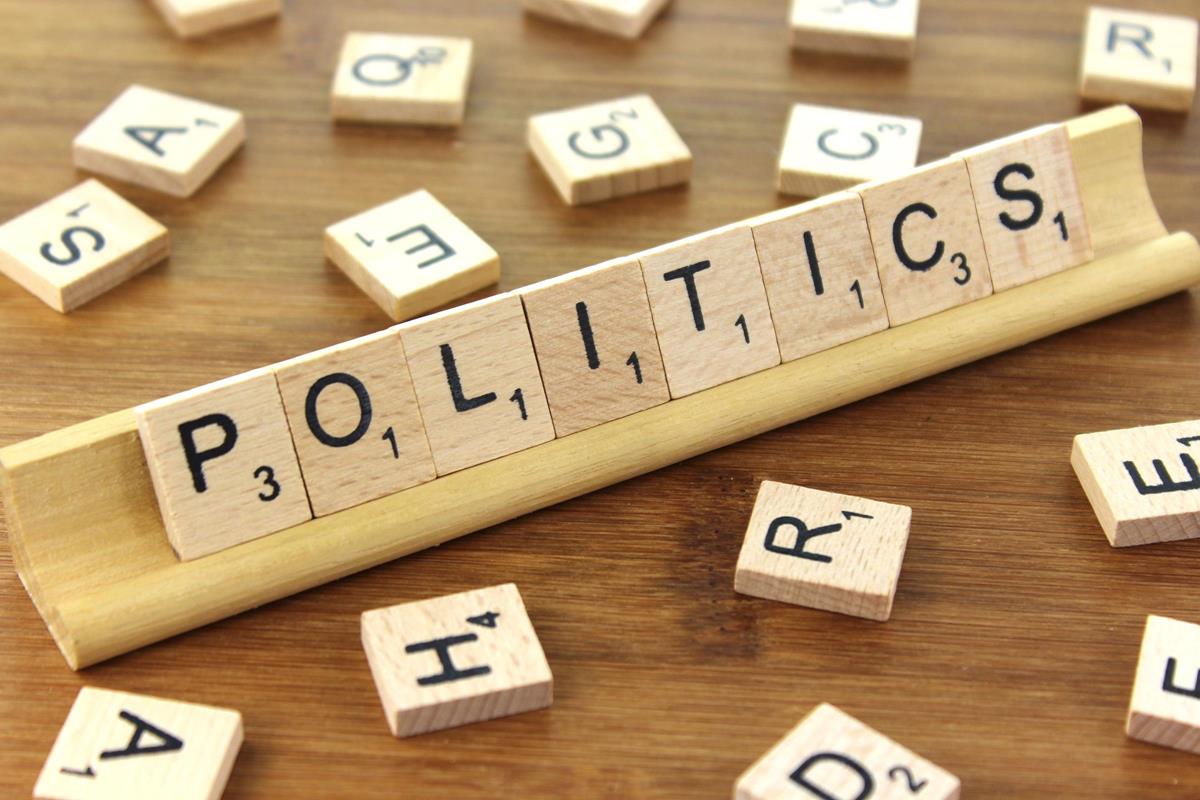
10. **Early Forays into Politics**Before his successful presidential campaign, Donald J. Trump’s political engagement was marked by exploratory gestures and shifting affiliations. His early political registrations were fluid: Republican (1969, 1987, 2009, 2012), Independence Party (1999), and Democrat (2001). This pattern indicated an evolving political identity rather than rigid ideological commitment.
His first significant public political statements came in 1987 through full-page newspaper advertisements. These articulated his views on foreign policy and proposals to eliminate the federal budget deficit. In 1988, he approached Lee Atwater, seeking consideration as George H. W. Bush’s vice-presidential running mate, a request Bush reportedly found “strange and unbelievable.”
Trump’s most concrete electoral venture before 2016 was his candidacy in the 2000 Reform Party presidential primaries, lasting three months. A decade later, in 2011, he considered challenging President Barack Obama in the 2012 election, speaking at CPAC. However, in May 2011, he announced he would not run, but these early forays paved the way for his eventual entry.
Read more about: Cate Blanchett at 55: Unpacking the Chameleon’s Craft Through Her 14 Most Transformative Roles on Screen and Stage

11. **The Transformative 2016 Presidential Campaign**Donald J. Trump’s June 2015 candidacy announcement fundamentally reshaped American politics. He presented himself as a wealthy businessman and an outsider, resonating with an electorate disillusioned with traditional politicians. He consistently claimed media bias, fostering a shared grievance and strengthening his anti-establishment appeal. His statements were often opaque and characterized as false, reflecting an unconventional approach.
The campaign’s platform articulated bold, often controversial policies. Trump called NATO “obsolete” and espoused noninterventionist, protectionist views. Key tenets included renegotiating U.S.–China relations, trade agreements, and strong immigration enforcement. Other positions involved pursuing energy independence, opposing climate change regulations, modernizing veteran services, repealing the Affordable Care Act, and investing in infrastructure, alongside tax simplification and tariffs.
Controversially, Trump proposed increasing military spending and “extreme vetting” or a ban on immigrants from Muslim-majority countries. He pledged a wall on the Mexico–U.S. border, promising Mexico would pay. He vowed to deport millions of undocumented immigrants and criticized birthright citizenship. His campaign launch speech drew criticism for claims about Mexican immigrants, leading to NBC firing him from “Celebrity Apprentice.” An analysis concluded his campaign made “explicitly racist and ist appeals,” highlighting polarizing rhetoric.
Financial disclosures listed assets above $1.4 billion and debts of at least $315 million. Breaking precedent, Trump did not release his tax returns, citing ongoing audits. Leaked 1995 filings suggested a $916 million loss, potentially allowing him to avoid taxes for 18 years. After legal battles, the Supreme Court allowed his tax returns to be released to the Manhattan district attorney. His victory, despite losing the popular vote, marked a deeply transformative and divisive entry into the White House.
Read more about: From Austrian Oak to Global Statesman: An In-Depth Chronicle of Arnold Schwarzenegger’s Enduring Legacy
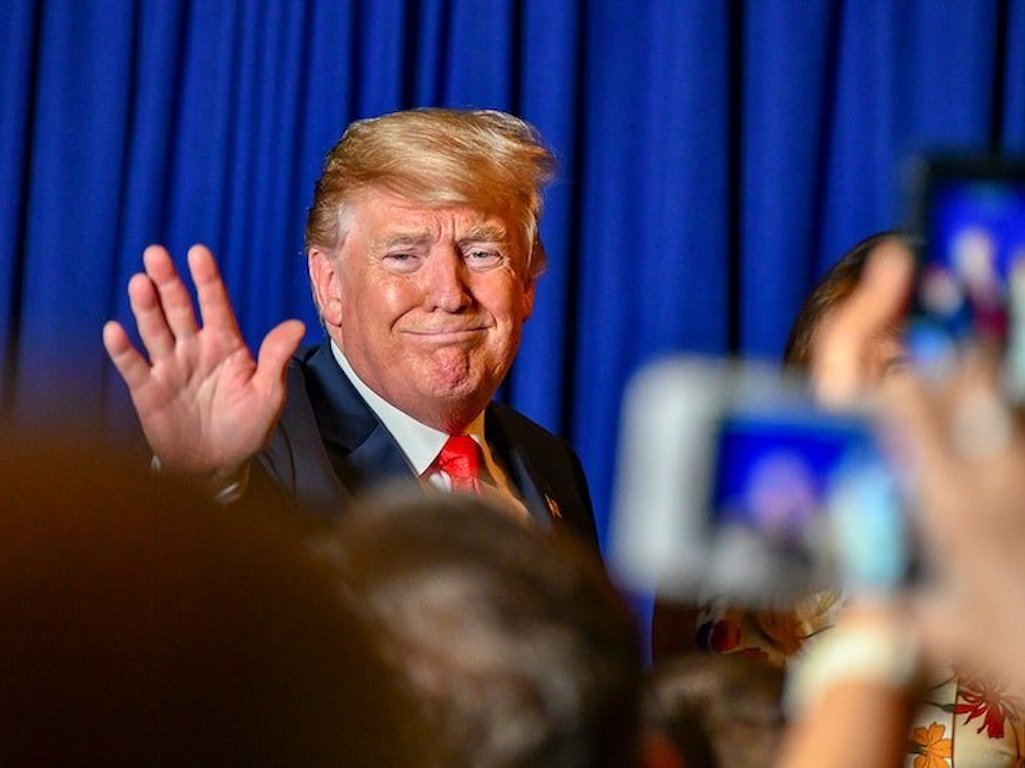
12. **Defining Policies and Challenges of His First Presidency (2017–2021)**Donald J. Trump’s first term (2017-2021) was defined by rapid policy implementation and significant challenges. His inauguration was immediately met by global Women’s Marches. In his first week, Trump signed six executive orders, initiating ACA repeal, withdrawing from TPP, advancing Keystone XL/Dakota Access pipelines, and planning a U.S.-Mexico border wall. Conflicts of interest persisted as Trump moved businesses into a revocable trust, allowing him to profit and be aware of policy impacts. Lawsuits alleging Emoluments Clause violations were filed.
Domestically, Trump took office during a prolonged economic expansion. The Tax Cuts and Jobs Act of 2017 reduced tax rates and eliminated the ACA’s individual mandate penalty. Despite claims, 2018 revenues were lower than projected. The federal budget deficit increased almost 50% to nearly $1 trillion by 2019, and national debt reached $27.75 trillion. He left office with a smaller workforce by three million and failed on a $1 trillion infrastructure plan. His administration enacted significant environmental rollbacks, rejecting climate science and withdrawing from the Paris Agreement, aiming to boost fossil fuel production. Trump also dismantled federal regulations across health, labor, and other sectors.
Efforts to repeal the Affordable Care Act were unsuccessful, but he scaled back its implementation via executive orders and expressed willingness to cut Medicare and social safety-net programs. Other policies included increased opioid treatment funding, banning federal funds for abortion providers, supporting “traditional marriage,” and rolling back LGBTQ anti-discrimination protections. He maintained anti-gun control and anti-marijuana stances, and his administration oversaw the execution of 13 federal prisoners, ending a 17-year moratorium.
Read more about: Who Runs the World? Get to Know the 15 Most Famous Celebrities of 2025!
Race relations were particularly contentious. His comments on the 2017 Unite the Right rally drew criticism for implying moral equivalence. In January 2018, he reportedly called several nations “hole countries,” remarks condemned as racist. In July 2019, his tweets suggesting four minority Democratic congresswomen “go back” to their countries led to a House condemnation. During the June 2020 George Floyd protests, federal law enforcement cleared peaceful protesters from Lafayette Square for a photo-op with a Bible. This period underscored deep societal division and a willingness to challenge norms, defining his unique political leadership.


